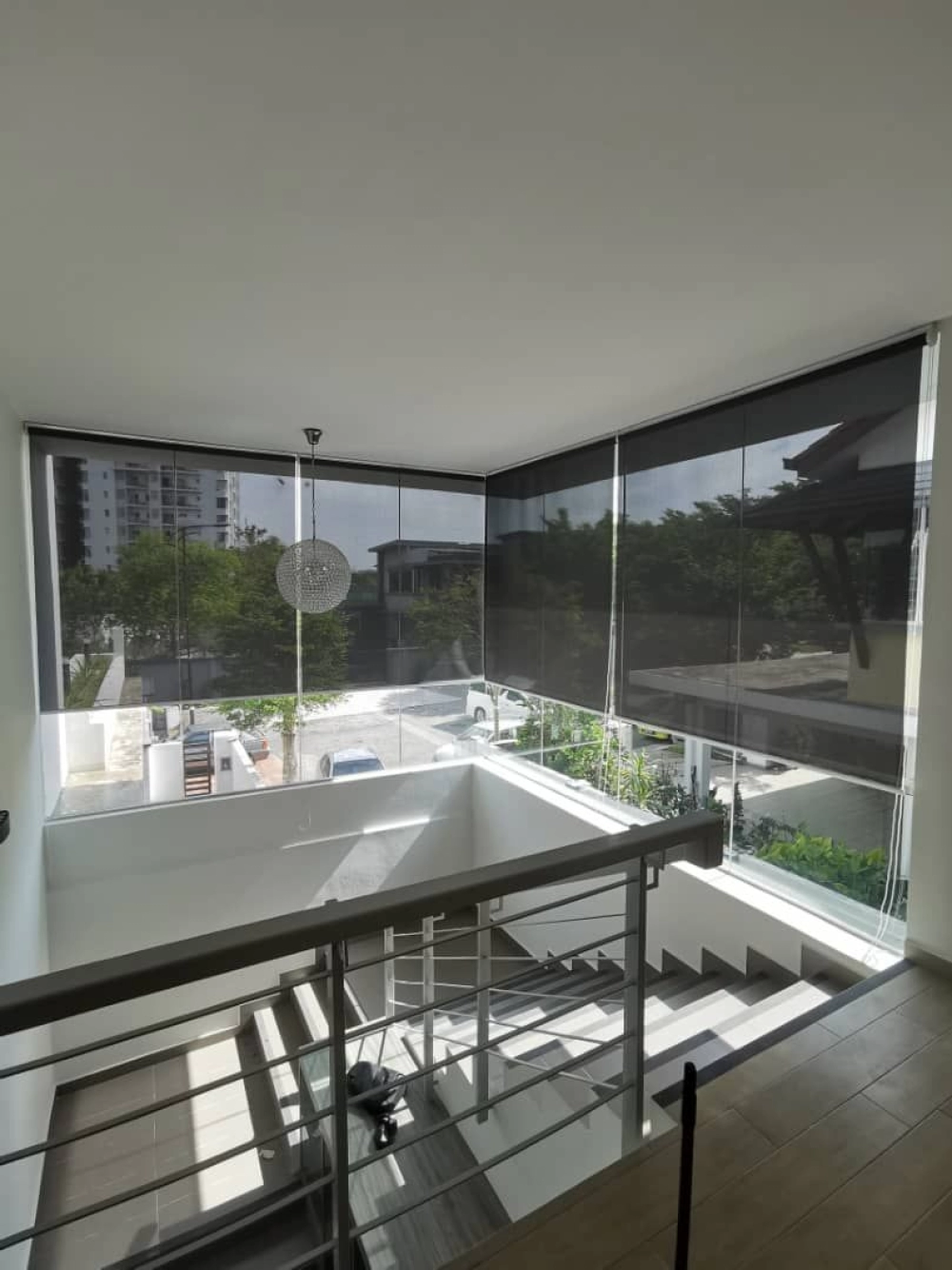Exploring Venetian Blinds: A Guide to Different Materials
Introduction:
Venetian blinds are a popular window treatment choice known for their versatility, style, and functionality. When it comes to selecting the perfect venetian blinds for your space, one important consideration is the type of material. The material not only affects the overall look and feel of the blinds but also influences factors such as durability, maintenance, and light control. In this blog post, we will explore the various materials available for venetian blinds, highlighting their features, benefits, and ideal applications.
1. Aluminum Venetian Blinds:
Aluminum venetian blinds are a classic choice known for their durability and affordability. They are lightweight, making them easy to operate, and their sleek, modern design complements a variety of interior styles. Aluminum blinds are available in a wide range of colors and finishes, allowing you to match them with your existing decor. They are also moisture-resistant, making them suitable for high-humidity areas such as bathrooms and kitchens. With their excellent light control and easy maintenance, aluminum venetian blinds are a versatile option for any room in your home or office.
2. Wooden Venetian Blinds:
For a touch of natural elegance and warmth, wooden venetian blinds are an excellent choice. These blinds are crafted from real wood, offering a timeless and sophisticated look. The natural grain and texture of the wood add character and depth to your windows, creating a cozy ambiance. Wooden blinds are available in a variety of wood types, including basswood, bamboo, and cedar, each with its unique aesthetic appeal. They provide excellent light control and insulation, helping to regulate the temperature and create a comfortable environment. Wooden venetian blinds are particularly well-suited for living rooms, bedrooms, and spaces with a traditional or rustic decor.
3. Faux Wood Venetian Blinds:
Faux wood venetian blinds combine the beauty of natural wood with the practicality of synthetic materials. Made from PVC or composite materials, these blinds offer the look of real wood at a more affordable price point. Faux wood blinds are moisture-resistant, making them suitable for areas prone to humidity or moisture, such as bathrooms or kitchens. They are also more resistant to warping and fading compared to natural wood blinds, making them a low-maintenance option. With their versatility, durability, and ability to mimic the appearance of real wood, faux wood venetian blinds are a popular choice for both traditional and contemporary interiors.
4. Vinyl Venetian Blinds:
Vinyl venetian blinds are an economical and practical option for various spaces. They are highly resistant to moisture and humidity, making them ideal for areas such as bathrooms, kitchens, and laundry rooms. Vinyl blinds are easy to clean and maintain, requiring minimal effort to keep them looking fresh. They come in a range of colors and finishes, allowing you to find the perfect match for your decor. While vinyl blinds may not offer the same natural aesthetic as wood or faux wood blinds, they are an excellent choice for those seeking cost-effective and functional window coverings.
Conclusion:
When selecting venetian blinds for your space, the choice of material is a crucial factor to consider. Aluminum, wooden, faux wood, and vinyl venetian blinds each offer unique benefits and aesthetic appeal. Whether you prioritize durability, natural elegance, moisture resistance, or affordability, there is a material that suits your needs. By understanding the characteristics of different materials, you can make an informed decision and find the perfect venetian blinds that enhance both the functionality and style of your windows.
08 Jun 2023









